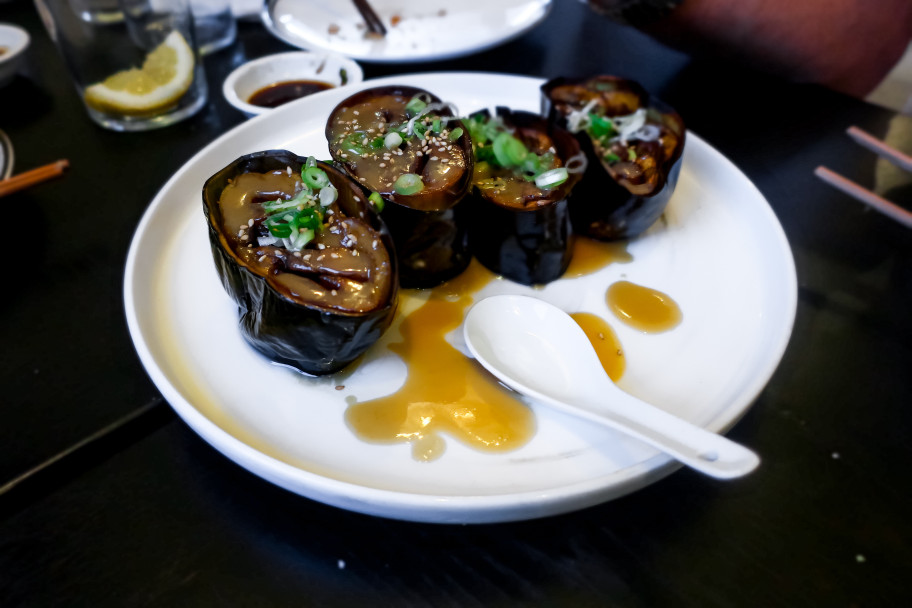What is Japanese Fine Dining Called?
There are many terms that can be used to describe Japanese cuisine. Kaiseki, Teishoku and Suimono are just a few of the main types. For more information, see our articles on these four types Japanese cuisines. They are each unique, but all represent the best of the best when it comes to authentic and delicious food. This article will explain the meaning of each term and what each meal entails.
Kaiseki Ryori
Kaiseki ryori is Japanese fine dining that focuses on aesthetic appeal and attention to detail. The dishes are presented individually in a specific order. The shokuji course has three courses. Kaiseki ryori uses exquisite plates and bowls, and each course is often dressed with flowers to emphasize the seasonality of the ingredients. Kaiseki is a more formal style of cuisine than Western cuisine. However there are a few traditions that set it apart from other fine dining options.

Teishoku
A typical Teishoku meal will consist of a main course, soup and side dishes. It is a common meal for Japanese people. Teishoku restaurants are often located near railway stations or areas with high school concentrations. There may be a different menu for a Teishoku meal depending on where you are. You might find sushi in some cases. In others, you will only find soup and rice.
Suimono
The Japanese dish suimono literally means “clear soup.” It is usually served as an appetizer prior to the main course, and is often eaten before the sashimi course. This delicate clear soup is easy to make, but can be a difficult culinary art. Suimono is a clear broth with several ingredients, some of which are edible, such as oxtail, green hisui eggplant, matsutake mushrooms, or seaweed.
Hassun
Hassun Japanese fine food takes you back to the past with its Japanese cuisine. This restaurant serves traditional Japanese cuisine that highlights local ingredients. The restaurant’s menu changes with the seasons to highlight key seasonal ingredients such as fresh sea bream, silver-skinned fish from Bungo Channel, and Lake Biwa wild Unagi eel. The dishes are served on a square tray and are accompanied by rice and refreshing sweets.
Kawaribachi
The influence of Japanese cuisine has been omnipresent in global fine dining. Its visual aesthetic and techniques are often difficult to trace. While there has been little attempt to conceal its influence in the media, it is rarely fully understood. Because of this, Japanese food is often portrayed in bursts and as an inspiration for global cuisine. These are some of the key characteristics of Japanese cuisine. Kawaribachi, a Japanese fine-dining restaurant, is one of these.